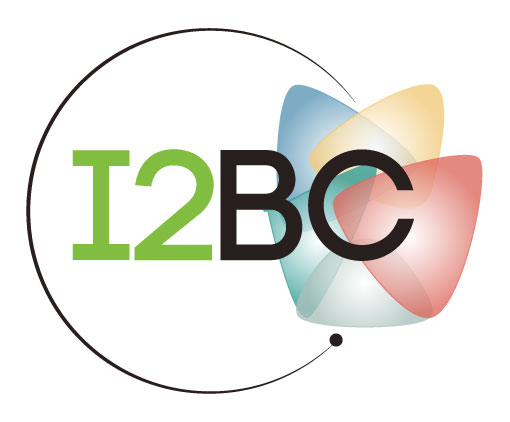The Deep Latent Position Block Model for the Clustering of Nodes in Multi-Graphs
Résumé
Network data capture relationships among actors across multiple contexts, often forming clusters of individuals. These relationships frequently involve multiple types of interactions, necessitating the use of multidimensional networks, or multigraphs, to capture their full complexity. Latent position models (LPM) embed nodes based on connection probabilities, but cannot uncover heterogeneous clusters such as disassortative patterns. Stochastic block models (SBM), in contrast, excels at clustering but lack interpretative latent representations. To address these limitations, the deep latent position block model (Deep-LPBM) was introduced to provide clustering and continuous latent space representation simultaneously in unidimensional networks . In this paper, we extend this work to multidimensional networks by introducing the deep latent position block model for multidimensional networks (Deep-LPBMM). Deep-LPBMM integrates block modeling and latent embedding across multiple interaction types, allowing nodes to partially belong to several groups, which better captures overlapping clustering structures. Our model uses a deep variational autoencoder with graph convolutional networks (GCNs) for each layer and a multi-layer perceptron to merge latent representations into a unified latent embedding representing cluster partial membership probabilities and offering effective clustering and enhanced visualization.
| Origine | Fichiers produits par l'(les) auteur(s) |
|---|

